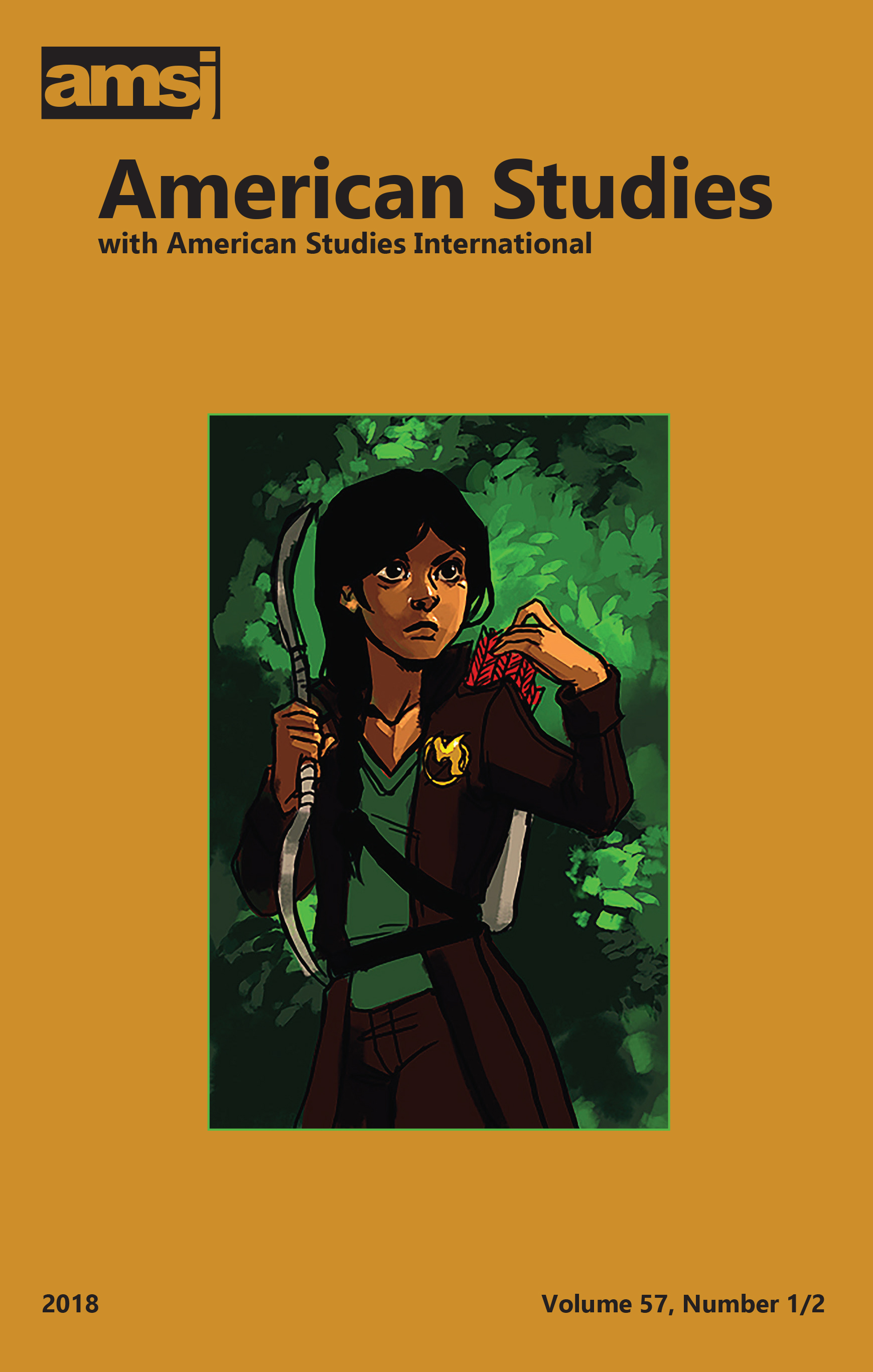Abstract
Terrence Malick's Days of Heaven (1978) functions less as a traditional narrative in this article than as a postmodern filmic essay on the meanings and legacies of early-twentieth-century modernization in the agricultural districts of the southwestern Great Plains. Representing the border spaces of the Texas Panhandle in 1916, the film imagines a migrant space that hosts an uneven mélange of machines, bodies, and terrains—one that highlights the social and ecological consequences of industrial modernity's appearance on the rural landscape. As it imagines flows of people and products between rural margins and metropolitan centers, Days of Heaven both anticipates and elaborates more recent historiographies, such as William Cronon's, that trouble common conceptions of urban core and country periphery. The film also illuminates questions about the overlap of the modern and the postmodern through a meticulously crafted pastiche of iconic twentieth-century American images. With an eye on these qualities, this article uses Malick's depictions of mechanization and his self-consciously referential aesthetic sensibilities to examine the objects that comprise late-70s postmodernism in the American grain, a version that is not so much a departure from the techniques, ethics, and spaces of modernism as it is their extension, amplification, and reproduction.
All items © Mid-America American Studies Association
Authors: If you prefer to remove your text(s) from this database please contact the editor.

